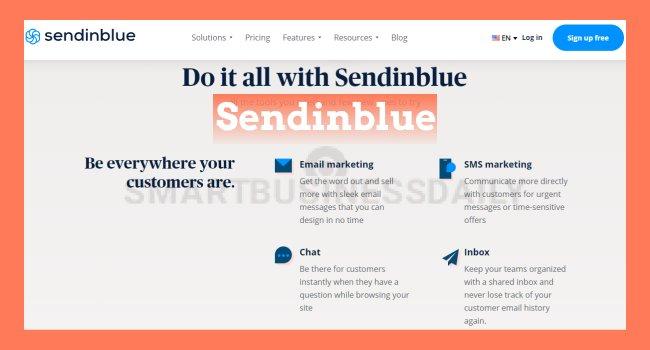Decoding Direct Mail Mastery: Key Metrics Every Marketer Should Monitor
4 Mins Read
Published on: 27 October 2023
Last Updated on: 08 November 2024

toc impalement
Before launching a direct mail campaign, you need to think about metrics. Metrics allow you to track your progress toward your goals and measure the success of your initiatives. This is essential for making informed decisions and improving your performance over time. Even the most high-quality direct mail marketing requires careful planning, measurement – and revisions.
But with so many metrics to consider, how do you know which ones you should monitor?
In this article, we’ll decode direct mail mastery by discussing the key metrics that every marketer should monitor. We’ll also provide tips on how to improve each metric so you can get the most out of your direct mail campaigns.
Key Direct Mail Metrics To Monitor (And How To Boost Them)

There are a few key metrics every marketer should look at when evaluating the success of their campaigns, including:
Delivery rate
This metric measures the percentage of mail pieces that are successfully delivered to the intended recipient. A high delivery rate is essential for a successful direct mail campaign. If your delivery rates are low, chances are your direct mail service provider isn’t using an updated or accurate mailing list.
If you want to boost this metric, you have to start with a reputable direct mail company that can provide quality mailing lists. If you are using your own mailing lists (e.g. lists pulled from your CRM platform), make sure that the list is dedicated, cleaned, and updated regularly. You should also make sure that names and addresses are always captured correctly, and that staff avoid using nicknames or abbreviations.
Response Rate
This metric measures the percentage of mail pieces that generate a desired response from the recipient. The desired response will vary from client to client. For example, effective childcare and school postcard marketing will be measured in enrollments, whereas a successful dental marketing campaign may track appointments.
There are several reasons why you might have a low response rate, including inaccurate targeting (or poor delivery rates, as discussed in the previous point). If targeting or delivery isn’t the issue, there are several options to explore.
Start with your design. You can A/B test different postcard designs and call-outs to see which ones are the most effective. You can also offer a compelling incentive to reach out, e.g. a gift, a discount, or a coupon.
Make sure that it’s easy for the recipient to respond and take action by crafting a clear, concise call to action in every mailer. Complex QR codes, registrations, and buggy websites may lead recipients to abandon your service altogether.
Another possibility to consider is that your targeted audience is simply too small to achieve the results you’re hoping for. You can either expand your campaign by buying additional mailing lists, or by increasing the frequency of mailers you send to your existing base to make up for the shortfall.
Cost Per Acquisition (CPA)
This particular metric measures the average cost of acquiring a new customer through direct mail. It is calculated by dividing the total cost of the campaign by the number of new customers acquired.
The best way to keep your CPA low is to choose the most effective mailing company. Expert targeting plays a big part in lowering your acquisition cost – if mailers aren’t being delivered to the right people (or aren’t being delivered at all), you’ve essentially wasted your marketing spend.
Remember, direct mailers have inherent economies of scale. The larger your print run, the cheaper the CPA will become. If you are able to, work with your direct mail agency to determine the optimal quantities for your campaign.
Return On Investment (ROI)
This metric measures the profitability of a direct mail campaign. It is computed by deducting the aggregate cost of the campaign from that of the aggregate revenue and thereafter, dividing by the total cost of the campaign.
There are several ways to boost your return on investment, including following the tips above to boost response rates. You can also work with your sales team to increase the average order value of your sales when leads come in, e.g. pull customers in with a discount on an oil change, and convince them to rotate their tires or book a service while they wait.
You can also improve your ROI by reducing the cost of the campaign, e.g. cutting wasted marketing spend, taking advantage of cheaper bulk postage rates, or taking advantage of special offers by your direct mail supplier, like free design services.
Ultimately, the best way to achieve the return on investment you’d like is to partner with a company that prioritizes ROI from the start. Returns will always vary, but make sure that your company puts your commercial interests first from the get-go.
Conclusion
Metrics are your compass – they guide the campaign and help you determine whether or not your marketing efforts are paying off. Make sure that you choose a direct mail provider that isn’t afraid to reach for the stars and help you achieve your marketing goals.
Read Also:


















Comments Are Closed For This Article